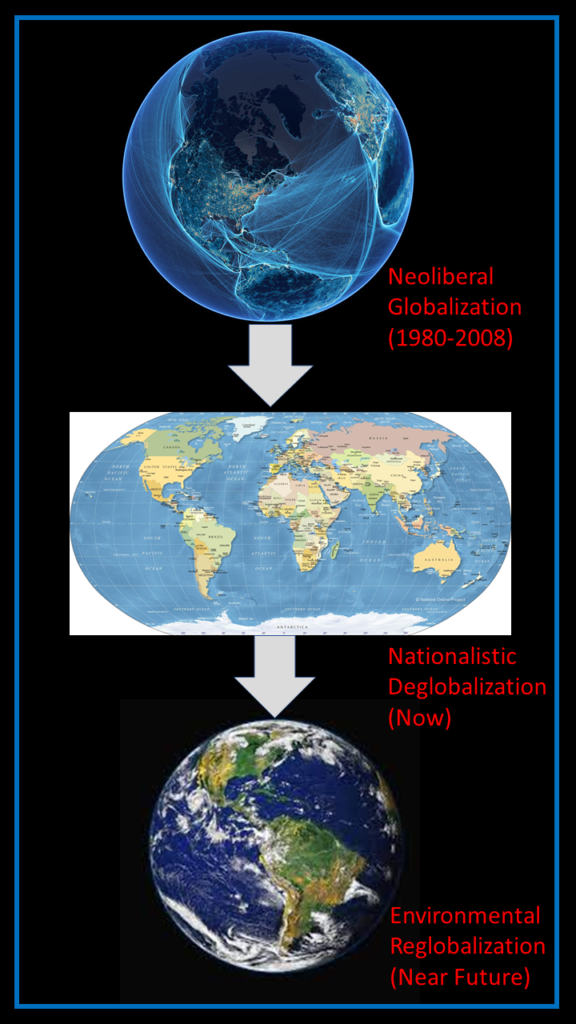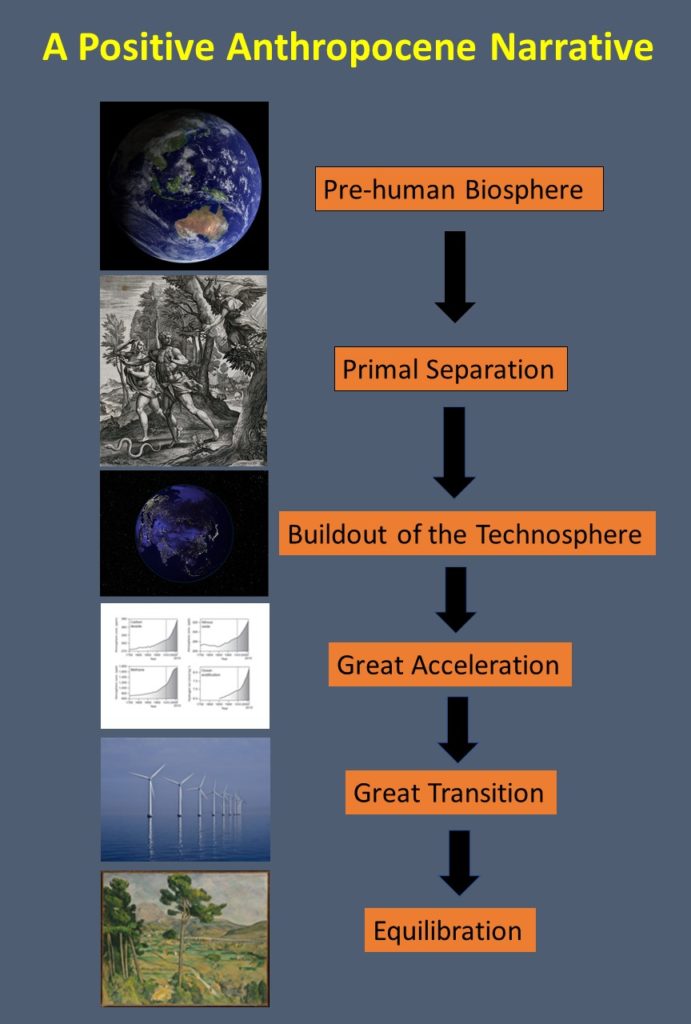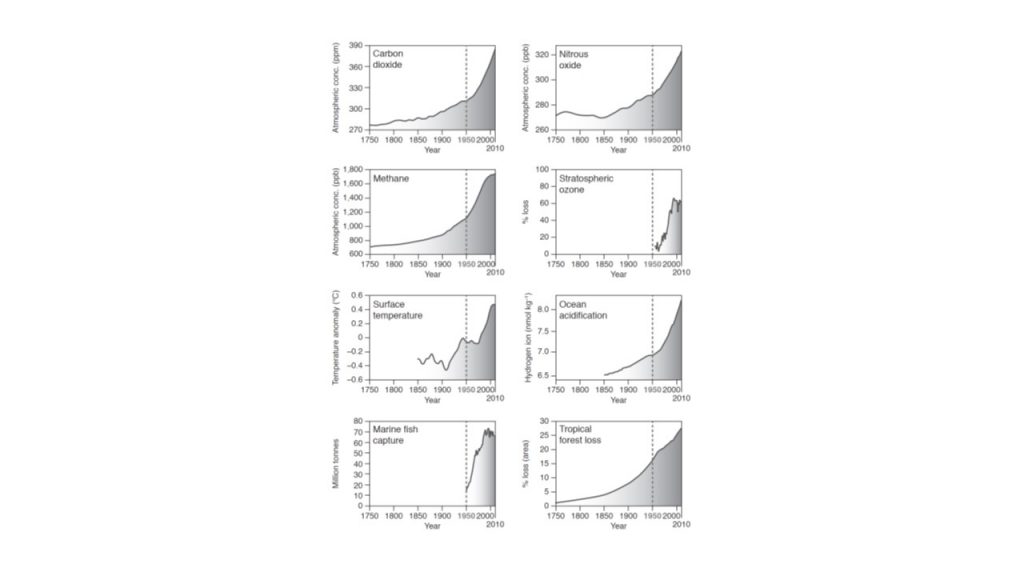David P. Turner / January 23, 2023
Pope Francis issued an encyclical (Laudato Si) in 2015 about “care for our common home”. The document discussed a wide range of global environmental change topics, notably climate change and loss of biodiversity. It aimed to provide a moral rationale for simultaneously addressing the issues of global environmental change and human inequity. The encyclical runs to nearly 200 pages and is not a light read. Perhaps to make its message more accessible, the Vatican recently produced and released (October 12, 2022) a related video (The Letter: Laudato Si Film), clocking in at 81 minutes.
The encyclical was released just prior to the United Nations Framework Convention on Climate Change COP21 meeting that was held in Paris. The product of that meeting was The Paris Agreement, which is widely perceived as a significant step towards mitigating global climate change. Considering that there are 1.3 billion Catholics who ostensibly consider the pope infallible, the encyclical may well have strengthened global political will to seriously address the climate change issue.
The film is a very different vehicle from the encyclical, leaving behind the encyclical’s more controversial aspects (discussed below) and presenting an engaging narrative about global change with good visuals and music. The premise of the film is that the Pope invites a set of 5 people from widely different backgrounds to Rome for a “dialogue” about the encyclical.
The five participants included the following.
1. A poor black man from Senegal who is considering an attempt to migrate to the EU because of the deteriorating environment in his home country. He represents the billion or so people expected to be displaced by climate change this century.
2. An indigenous man from Brazil whose forest homeland in the Amazon Basin is under siege. He represents forest dwellers throughout the tropical zone who are losing their homes to rampant deforestation.
3. A young woman from India. She represents the voice of a younger generation who will be forced to deal with the massive environmental change problems caused by their elders (intergenerational inequity).
4. A man and a woman from the U.S. who are scientists working on monitoring and understanding coral reef decline. They represent the community of research scientists trying to understand climate change impacts and what to do about them.
Each participant is shown in their home environment receiving a letter of invitation from the Pope. The film then documents their experiences in Rome, including discussions amongst themselves and with the pope.
The film was engaging and had a positive message about the need for solidarity across all humanity in the face of threats from climate change and loss of biodiversity.
However, I did have some concerns.
First was that the film seemed to be more about the victims of global environmental change (both human and nonhuman) than about the solutions. The participants were certainly sincere, and helped put a human face on the challenges ahead; but little was said about the personal changes and the political realities involved in transitioning to global sustainability.
Second was the emphasis on climate change as the sole driving force in the current surge of migration. Climate change is indeed driving international migration but a host of other factors are of equal or greater importance, including civil war, overuse of local natural resources, and gross defects in local governance. If indeed a billion people will potentially be displaced by climate change in this century, they can’t all migrate. Alternatives to migration include foreign aid for adaptation, and aid to improve local educational opportunities that would help train citizens for local economic activity and help limit population growth (the fertility rate in Senegal is 4.3 births per woman).
Third was that the film may point viewers towards reading the actual encyclical, which has inspired much more commentary ̶ both positive and negative ̶ than the film.
The proclamations of the pope usually do not draw much attention from the scientific community, but in the case of the Laudato Si encyclical, the science of global environmental change is front and center.
As I started reading the encyclical, I was surprised because the tone sounded as if it were written by an environmental science policy analyst rather than a religious leader (apparently there was a ghost writer). The scientific causes of climate change and biodiversity loss were reasonably explained, and it was refreshing to see the “dominion” over the Earth given to humanity by God presented more in terms of responsibility to conserve environmental quality than as a license to exploit limitless natural resources. The intrinsic value of all species, independent of their utility to humans, was recognized. When the text veered into explaining the Christian belief system (e.g. the Holy Trinity), it lost cogency from an Earth system science perspective.
The encyclical was well received by scientific authorities in some cases, perhaps because the Pope broadened the usual rationales for caring about climate change and biodiversity loss to include the moral dimension. Wealth-based inequity (relatively wealthy people have caused most of the greenhouse gas emissions but it is relatively poor people who will suffer the greatest impacts) and intergenerational inequity (recent generations have caused most of the greenhouse gas emissions but future generations will suffer the greatest impacts of climate change) are clearly moral issues.
Critiques of the encyclical have referred to its limited regard for the full suite of dimensions (technical, political, and economic) needed to address global environmental change. The encyclical comes across as hostile to the “technocratic paradigm”, suggesting some technofixes will induce more problems than they solve. There is much emphasis on reducing excess consumption. Realistically though, there must be a revolutionary change in technology towards renewable energy and complete product recycling. Likewise, beyond calling for a stronger climate change treaty (as the Pope did), we must have stronger institutions of global environmental governance, and new economic policies that prioritize sustainability.
The section of the encyclical about population control was especially provocative. The pope took issue with calls for limiting population growth for the sake of the environment, a position consistent with formal Catholic doctrine against contraception. This view rings false, however, because of the contradiction between saying that Earth’s natural resources are limited (as stated several times in the encyclical) and that all humans deserve a decent quality of life (which inevitably consumes natural resources), while at the same time maintaining that high rates of population growth in developing countries are not an issue. In contrast, the recent World Scientists’ Warning of a Climate Emergency 2022 called for “stabilizing and gradually reducing the human population by providing education and rights for girls and women”. Ehrlich and Harte also point out that unchecked population pressure on food supply and natural resources pushes development into ever more vulnerable ecosystems, and fosters ever more inegalitarian forms of government.
Pope Francis deserves credit for bringing attention to the moral questions raised by anthropogenically-driven global environmental change. Our contemporary materialistic and instrumental value system has proven to be unsustainable and should indeed be influenced by values based on respect for the natural environment, as well as values derived from human solidarity. The Laudato Si encyclical and film (along with associated praise and critique) are contributing in a positive way to the ongoing process of cultural evolution, which has now begun to operate at the global scale.








